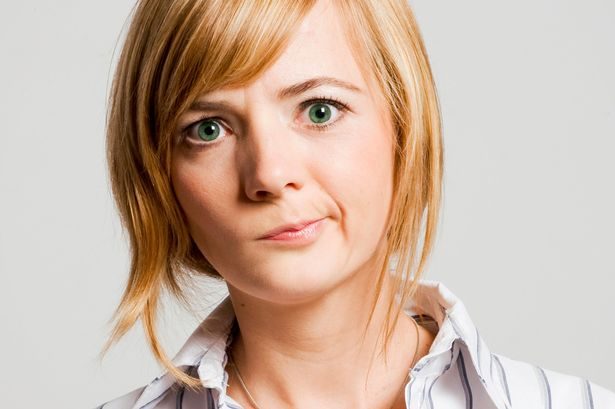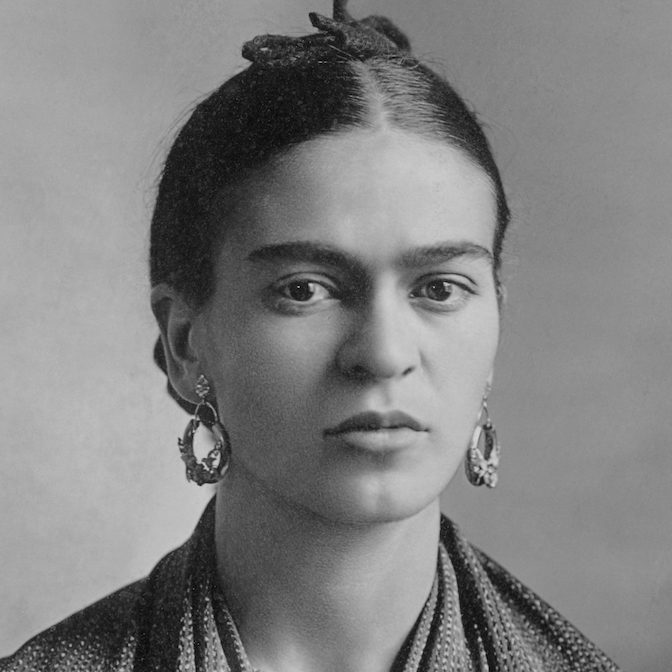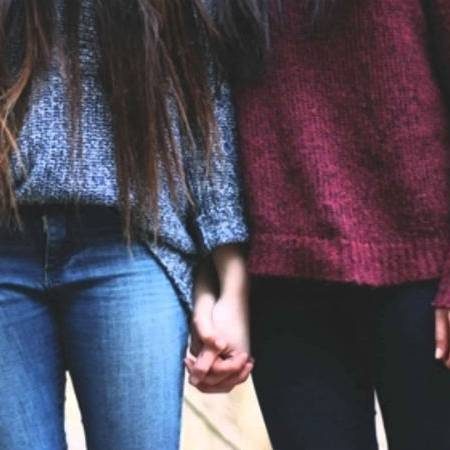 Let’s get to the bottom of some of the common myths!
Let’s get to the bottom of some of the common myths!
1. Bi people don’t exist
There’s just gay and straight and nothing in between, and if you think otherwise you’re deluded or lying. This is a popular one and makes everything very simple for people. Well, it’s simple as long as the person who believes it is themselves gay or straight and as long as they manage to avoid meeting anyone who isn’t.
Part of the problem is the idea that the slightest drop of gayness makes you gay. One kiss or one look and that’s it – you’ve crossed the divide and there’s no going back. After all, gayness is so pervasive that sometimes even hearing that it exists is enough to turn you (which is why young people must never be allowed to find out about it).
The idea that your only choices are heterosexuality or homosexuality is an appealing one because it’s simple and because people tend to like to think in binaries: gay/straight, black/white, normal/weird. But although it might look OK at a distance, close up it’s clear that sexuality is much more detailed and much more colourful than that.
2. True bisexuals are 50% straight and 50% gay
This is a very popular idea, presumably because it helps people keep a sort-of-binary view of things: if you can’t be properly straight or gay then you must be precisely in the middle, like the world’s best trapeze artist permanently balancing on a wire suspended over a net of monosexuality. Wobble slightly in one direction or the other and you lose your right to be bi.
But bi people don’t have to like men and women equally. And anyway, gender isn’t binary, but even if it was this wouldn’t make sense. How would it work? As soon as you see a man you fancy, you have to look around for a woman you also find attractive? Do you have to keep a scorecard of everyone you sleep with and make sure it adds up at the end of every year, or decade? Or are you allowed to wait till the end of your life before you calculate your final score and then finally claim the True Bisexual crown? You’re just being set up to fail.
3. The depraved bi person
For anyone who’s mostly experienced bisexuality in fiction, it comes as a surprise to find that almost all real-life bisexual people are not murderous nymphomaniac psychopaths. As TV Tropes points out, there was a time when the only acceptable face of movie bisexuality was a vampire, serial killer, or evil mirror universe version of a good character. Things have improved, but the image lingers on. Not that anyone thinks all bisexuals will murder you as soon as look at you (I sincerely hope) but in a vague sense that being bisexual implies a kind of decadence – a rejection of all conventional morality and the wholehearted embrace of hedonism.
It doesn’t, obviously. It’s just a sexuality, not a template for someone’s entire personality. Some bi people are hedonistic and have lots of sex (and that’s fine!), some live quietly in the suburbs with their kids (and that’s also fine!) and some do both of the above (and that’s also fine!).
Women come out of this particularly badly, it has to be said. This kind of misrepresentation often leads directly to harassment of or discrimination against bisexual women, such as being assumed to be sexually available and asked for threesomes or being assumed to be manipulative and deceitful.
4. Bi people belong anywhere
How many gay/lesbian pubs and clubs do we have? Why do they exist? Because gay and lesbian people were getting insulted and even beaten up in straight venues. And because it’s a lot easier to pull someone in a place where you can be reasonably sure someone’s sexuality matches yours. And because it establishes a sense of community.
There are no bisexual pubs or club venues. There isn’t a single place in London that’s designated as a bi space.
But it doesn’t matter, right? Because bi people can go anywhere. They’re welcome in gay spaces and straight ones. They can pass as gay or straight, depending on where they are and who they’re with. They’re like universal blood donors, compatible with everyone.
No.
Tell many bi people they’re welcome in gay spaces and they’ll laugh in your face. Too many of them have been turned away from gay clubs when they’ve turned up with their girlfriend, or kicked out of lesbian groups for falling in love with a man, or been asked intrusive questions about their “real sexuality”, or been told they’re going through a phase, or been informed that they need to “choose”. And in straight space, they risk sexuality-based prejudice just like gay people do. Even for those who do “pass” as straight, passing is not a privilege when it undermines your identity. If you’re passing because you’re too scared to be out, that’s not belonging.
5. Batting for both teams
Analogies are weirdly powerful things. The phrase “batting for both teams” immediately sets up a few interesting assumptions. In any game with two teams, playing for both sides at once is clearly unsportsmanlike – you’d only ever play for one team, and even switching between games would be seen as dodgy. Supporting a team is even more polarised – players might move to different football teams, but a football supporter usually sticks with supporting one team over a lifetime. In this context, it’s easy to see why the idea of bisexuality looks like a kind of betrayal. Other analogies have a similar feel to them – trying to have your cake and eat it, hunting with the hare and running with the hounds, sitting on the fence.
However, just because you can make a striking visual metaphor about something doesn’t mean you’ve arrived at any kind of truth. Bisexuality is just about fancying more than one gender. That’s not a betrayal of anything.


